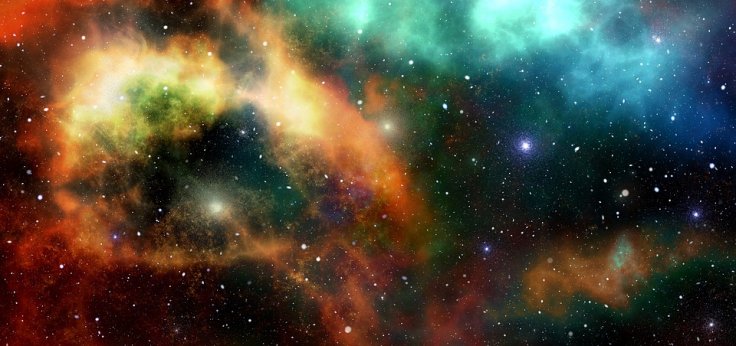
The existence of gravitational waves was first suggested by Albert Einstein in 1916. However, it took many years for modern science to confirm this, and now, the same gravitation waves are helping scientists to unveil the mysteries surrounding the expansion of the universe.
To make things clear, if anyone looks at galaxies from the earth using advanced observation equipment, the spectator will notice that everything will be moving away from the earth. This is called the expansion of the universe and this measurement is known as the Hubble constant.
Even though it is pretty difficult to measure the expansion rate of the universe, a team of International researchers has now put forward a new way by which gravitational waves, generated by a merger of two incredibly dense neutron stars can be used to measure the Hubble constant in a very refined manner.
"Neutron star mergers are phenomenally energetic events – two stars each more massive than our Sun whip around each other hundreds of times per second before merging and producing an enormous blast of material flung outwards at immense speed, as well as a burst of gravitational waves," said Adam Deller a researcher who works at the Swinburne University of Technology.
Based on the shape of the gravitational wave signal, it is possible to estimate how 'bright' the event should have been in gravitational waves and then assess how bright the event was actually seen to be, so scientists can work out the distance, he explained.
The research report published in the journal Nature Astronomy reveals that the gravitational waves generated by the collision of the dense neutron star helped astronomers to estimate the brightness of the merger. The collision actually occurred in a galaxy 130 million light-years away. The most interesting thing is that we know the speed at which this galaxy is moving away from the earth.
Later, scientists compared the distance of GW170817, the gravitational wave event, to the speed of the galaxy, and they successfully derived the Hubble constant. The figure derived by the experts is 70.3 kilometers per second per megaparsec.









